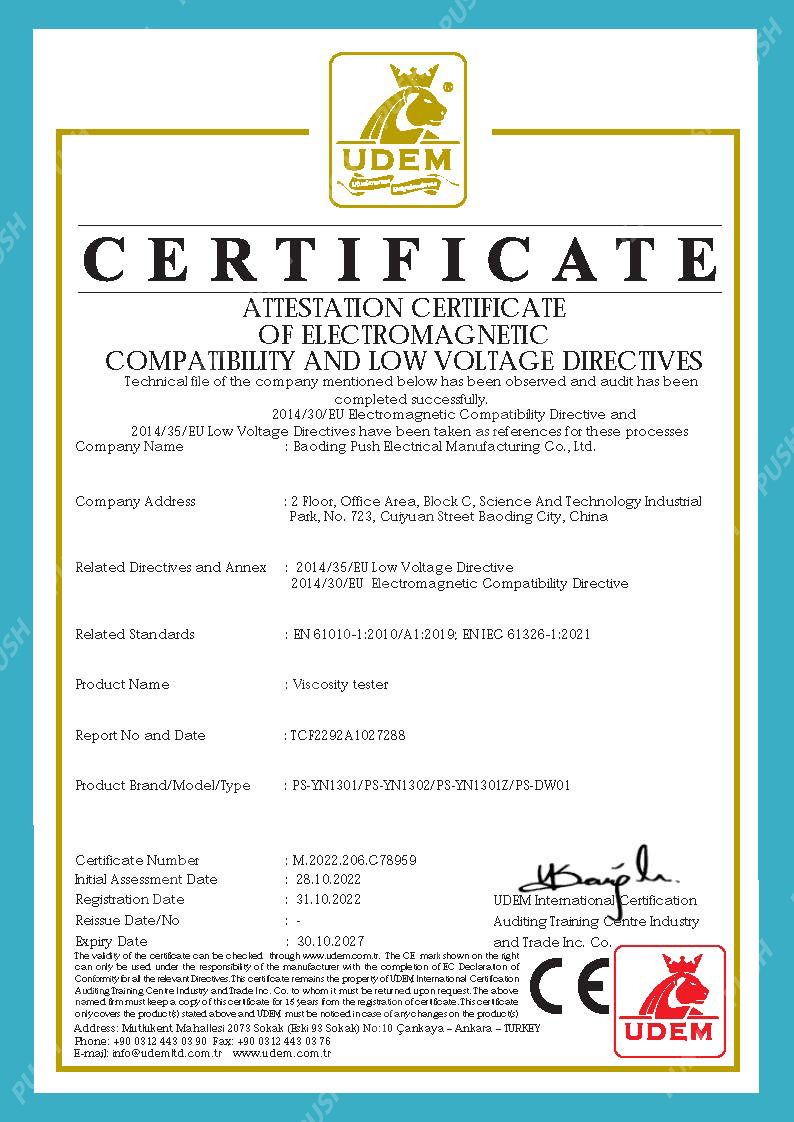 English
English



-
 Afrikaans
Afrikaans -
 Albanian
Albanian -
 Amharic
Amharic -
 Arabic
Arabic -
 Armenian
Armenian -
 Azerbaijani
Azerbaijani -
 Basque
Basque -
 Belarusian
Belarusian -
 Bengali
Bengali -
 Bosnian
Bosnian -
 Bulgarian
Bulgarian -
 Catalan
Catalan -
 Cebuano
Cebuano -
 China
China -
 China (Taiwan)
China (Taiwan) -
 Corsican
Corsican -
 Croatian
Croatian -
 Czech
Czech -
 Danish
Danish -
 Dutch
Dutch -
 English
English -
 Esperanto
Esperanto -
 Estonian
Estonian -
 Finnish
Finnish -
 French
French -
 Frisian
Frisian -
 Galician
Galician -
 Georgian
Georgian -
 German
German -
 Greek
Greek -
 Gujarati
Gujarati -
 Haitian Creole
Haitian Creole -
 hausa
hausa -
 hawaiian
hawaiian -
 Hebrew
Hebrew -
 Hindi
Hindi -
 Miao
Miao -
 Hungarian
Hungarian -
 Icelandic
Icelandic -
 igbo
igbo -
 Indonesian
Indonesian -
 irish
irish -
 Italian
Italian -
 Japanese
Japanese -
 Javanese
Javanese -
 Kannada
Kannada -
 kazakh
kazakh -
 Khmer
Khmer -
 Rwandese
Rwandese -
 Korean
Korean -
 Kurdish
Kurdish -
 Kyrgyz
Kyrgyz -
 Lao
Lao -
 Latin
Latin -
 Latvian
Latvian -
 Lithuanian
Lithuanian -
 Luxembourgish
Luxembourgish -
 Macedonian
Macedonian -
 Malgashi
Malgashi -
 Malay
Malay -
 Malayalam
Malayalam -
 Maltese
Maltese -
 Maori
Maori -
 Marathi
Marathi -
 Mongolian
Mongolian -
 Myanmar
Myanmar -
 Nepali
Nepali -
 Norwegian
Norwegian -
 Norwegian
Norwegian -
 Occitan
Occitan -
 Pashto
Pashto -
 Persian
Persian -
 Polish
Polish -
 Portuguese
Portuguese -
 Punjabi
Punjabi -
 Romanian
Romanian -
 Russian
Russian -
 Samoan
Samoan -
 Scottish Gaelic
Scottish Gaelic -
 Serbian
Serbian -
 Sesotho
Sesotho -
 Shona
Shona -
 Sindhi
Sindhi -
 Sinhala
Sinhala -
 Slovak
Slovak -
 Slovenian
Slovenian -
 Somali
Somali -
 Spanish
Spanish -
 Sundanese
Sundanese -
 Swahili
Swahili -
 Swedish
Swedish -
 Tagalog
Tagalog -
 Tajik
Tajik -
 Tamil
Tamil -
 Tatar
Tatar -
 Telugu
Telugu -
 Thai
Thai -
 Turkish
Turkish -
 Turkmen
Turkmen -
 Ukrainian
Ukrainian -
 Urdu
Urdu -
 Uighur
Uighur -
 Uzbek
Uzbek -
 Vietnamese
Vietnamese -
 Welsh
Welsh -
 Bantu
Bantu -
 Yiddish
Yiddish -
 Yoruba
Yoruba -
 Zulu
Zulu
Testing and Commissioning Procedures for Dry Type Transformers
Testing and Commissioning of Dry Type Transformers
Dry type transformers play a crucial role in electrical distribution systems, especially in environments where fire safety is a primary concern. Unlike their oil-filled counterparts, dry type transformers utilize air as a cooling medium, which eliminates the risk of oil leaks and enhances safety, reducing the potential for fire hazards. However, ensuring the reliability and efficiency of dry type transformers requires rigorous testing and commissioning procedures. This article delves into the key testing methods and commissioning practices essential for the successful deployment of dry type transformers.
Importance of Testing
Testing the performance and functionality of dry type transformers is critical. It ensures that they operate effectively under different load conditions, performance standards, and safety regulations. Regular testing also helps identify potential issues before they escalate into costly failures, prolonging the life of the transformer and enhancing system reliability.
Types of Tests
1. Factory Acceptance Testing (FAT) Before shipping, dry type transformers undergo factory acceptance testing. This includes verifying design specifications, insulation resistance, turns ratio, and temperature rise tests. FAT ensures that the transformer meets the required performance criteria and adheres to relevant industry standards.
2. Site Acceptance Testing (SAT) Once the transformer is installed, site acceptance testing is conducted. SAT includes several critical tests such as insulation resistance testing, power factor testing, and functional testing. These tests confirm that the transformer operates efficiently within the specified parameters in its installed environment.
3. Thermal Imaging Thermal imaging is employed to identify hotspots within the transformer's electrical components. This non-invasive testing method helps in early detection of problems such as loose connections or overloading, which can lead to equipment failure if left unaddressed.
4. Partial Discharge Testing Given the importance of insulation integrity, partial discharge testing is essential. It measures the electrical discharges that occur within the insulation material and can provide insight into the condition of the dielectric material. Detecting partial discharge activity can predict potential failures and necessitate maintenance.
dry type transformer testing and commissioning

Commissioning Process
The commissioning process of a dry type transformer involves several steps to ensure that it is ready for service. This includes
1. Installation Verification Prior to energizing the transformer, a thorough inspection of the installation is conducted. This verifies that the installation conforms to the manufacturer’s guidelines and local electrical codes.
2. Pre-Energization Checks Comprehensive checks are performed to ensure that all connections, grounding, and safety features are correctly implemented. These checks help mitigate risks associated with energizing the equipment.
3. Energization Tests After successful checks, the transformer is energized. During this phase, critical parameters such as voltage, current, and temperature are monitored to confirm that the transformer operates within acceptable limits.
4. Post-Energization Monitoring Continuous monitoring post-energization assists in identifying any anomalies in the operation of the transformer. It is essential to establish a baseline performance for future comparisons.
Conclusion
In conclusion, the testing and commissioning of dry type transformers are vital to ensuring their reliability and performance in electrical systems. By adhering to established testing protocols and thorough commissioning practices, stakeholders can mitigate risks, ensure safety, and enhance the lifespan of these critical components. As energy demands increase and the push for safer electrical solutions grows, understanding and implementing rigorous testing and commissioning protocols for dry type transformers will continue to be of paramount importance.
-
Ensuring SF₆ Gas Safety: Introducing PUSH’s Integrated SF₆ Analyzer for Dew Point, Purity, and Decomposition MonitoringNewsJul.10,2025
-
Exploring the Main Types of Industrial Endoscopes and Their Applications Across IndustriesNewsJul.04,2025
-
Testing Equipment Industry Sees Major Advancements in 2025: Smart & Precision Technologies Lead the WayNewsJun.06,2025
-
Applications of Direct Current Generators in Renewable Energy SystemsNewsJun.05,2025
-
Hipot Tester Calibration and Accuracy GuidelinesNewsJun.05,2025
-
Digital Circuit Breaker Analyzer Features and BenefitsNewsJun.05,2025



